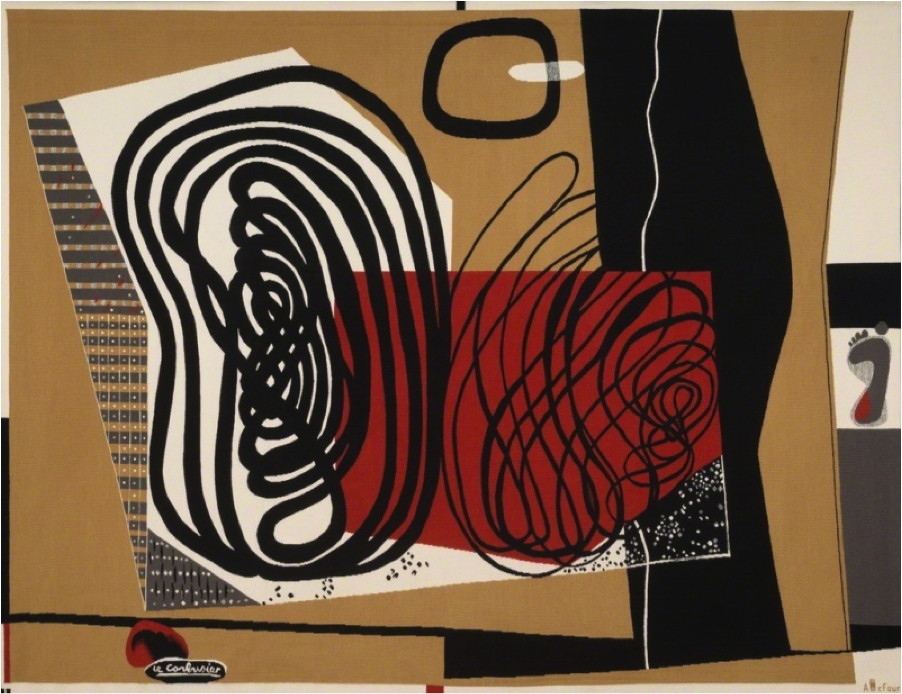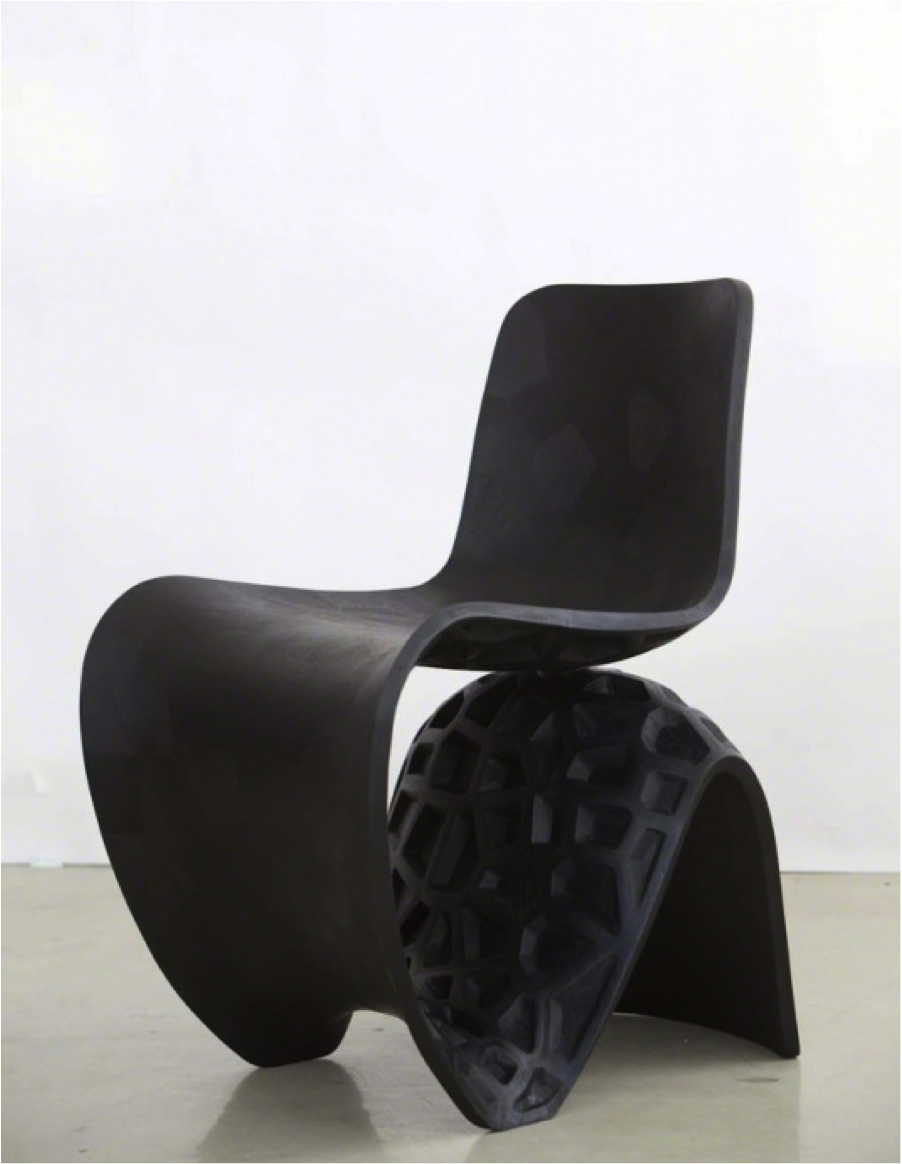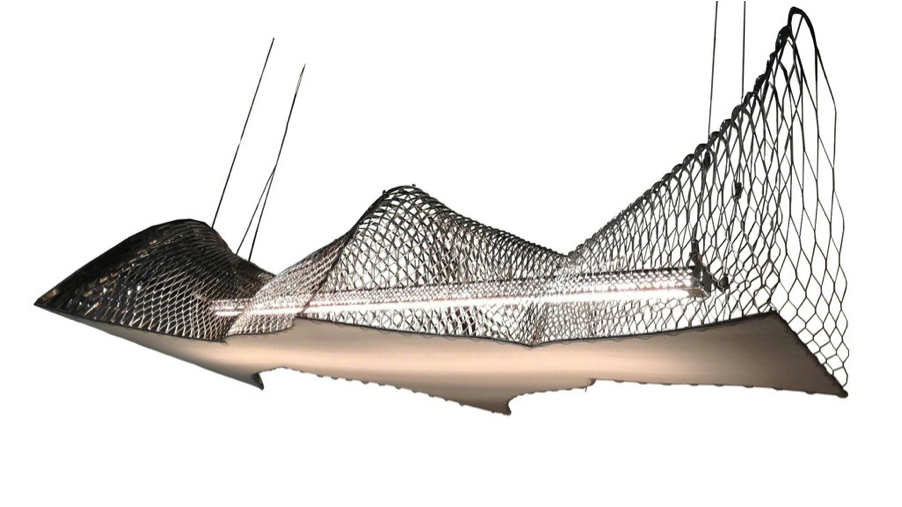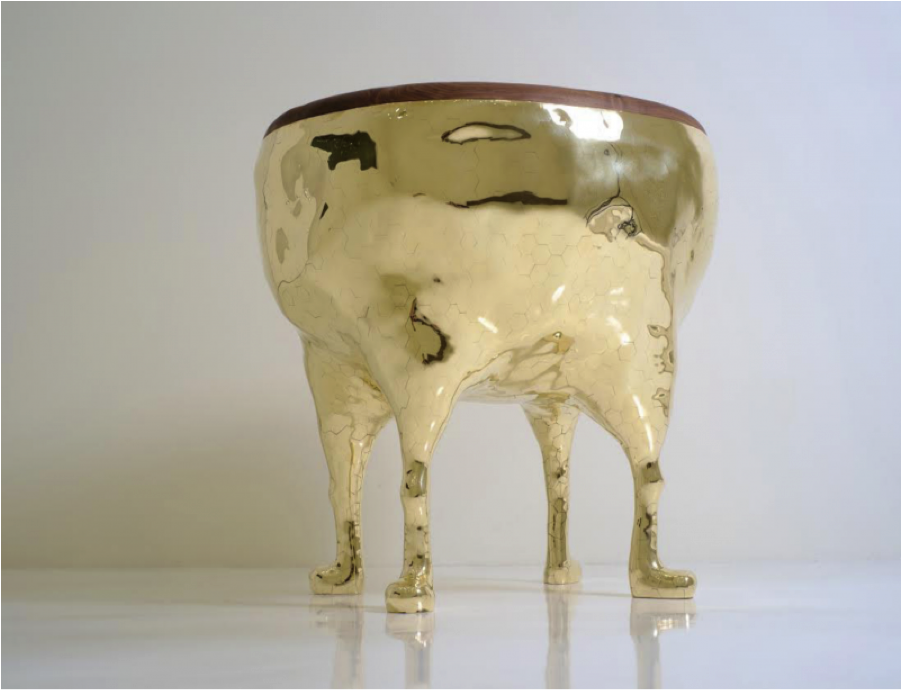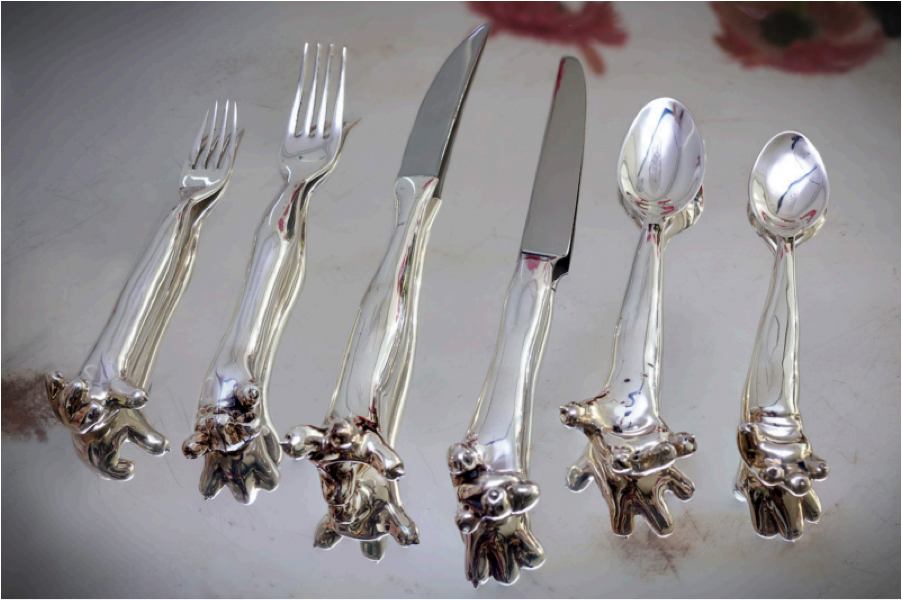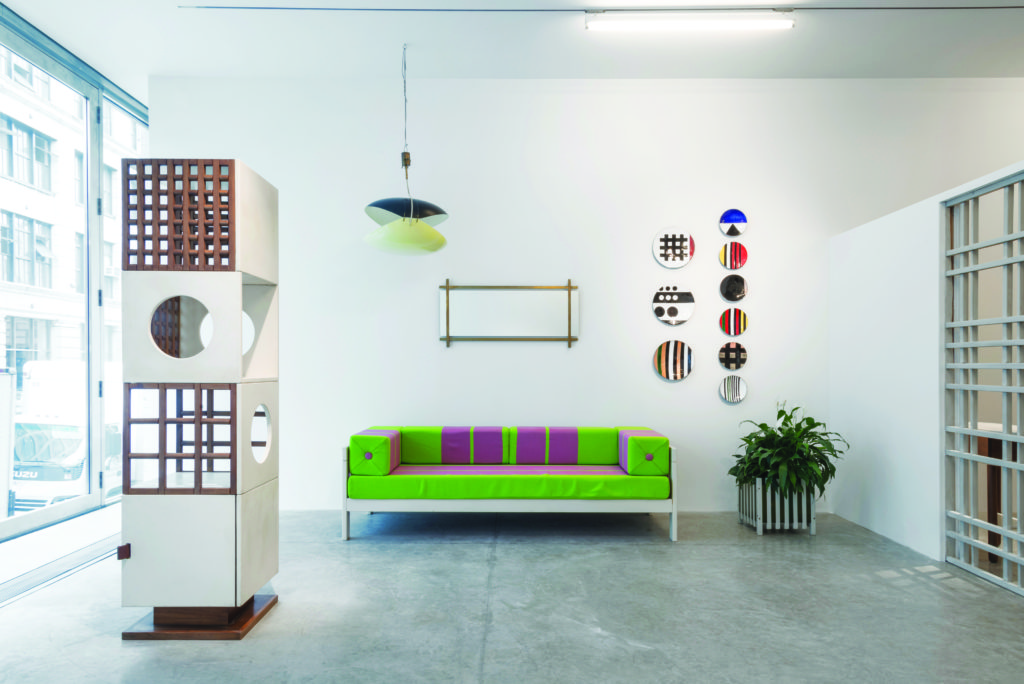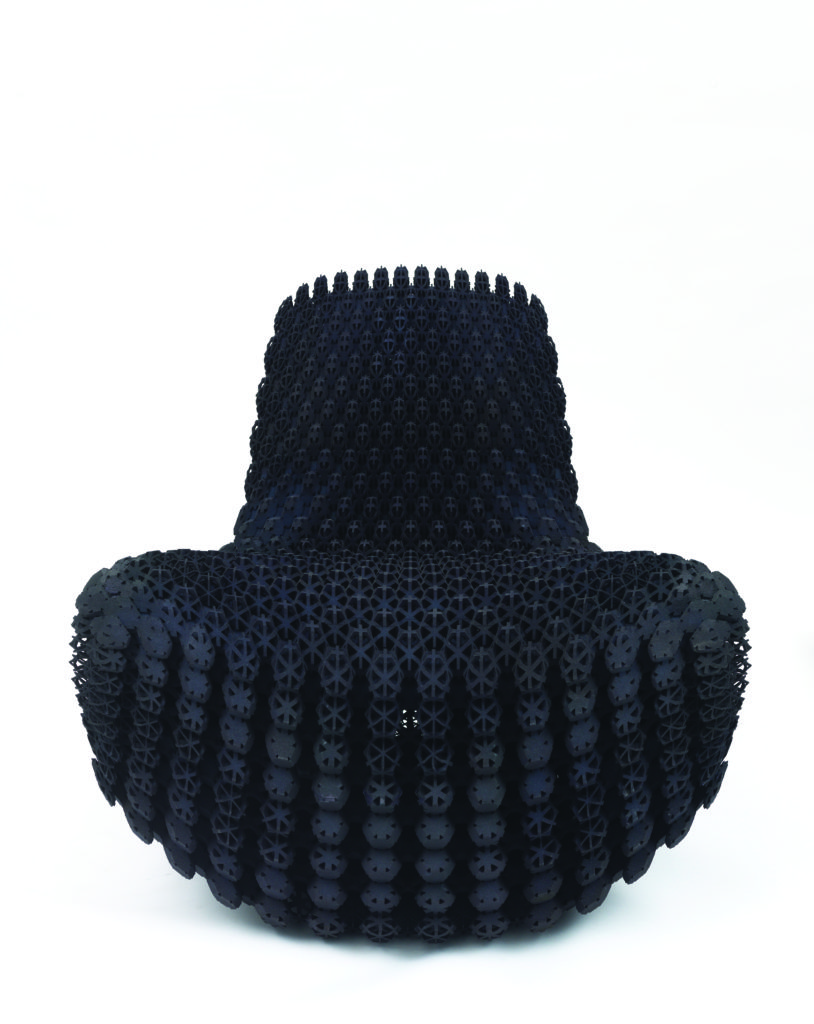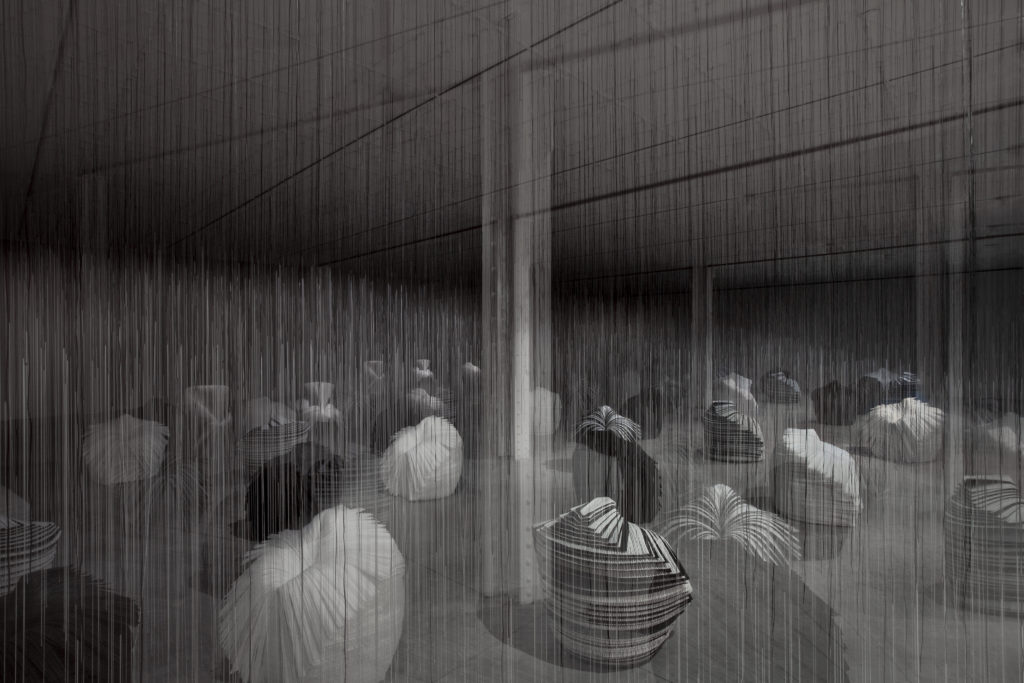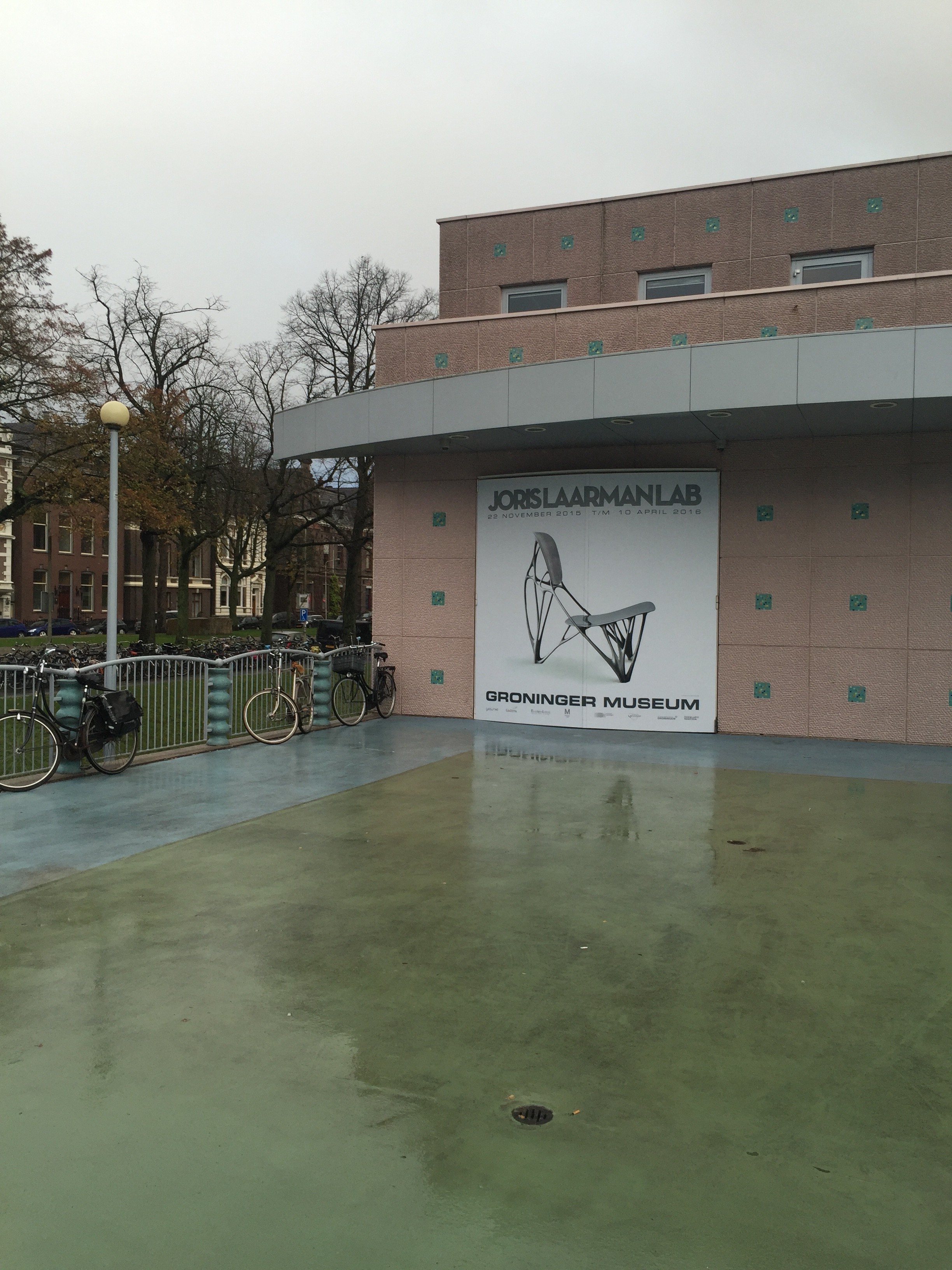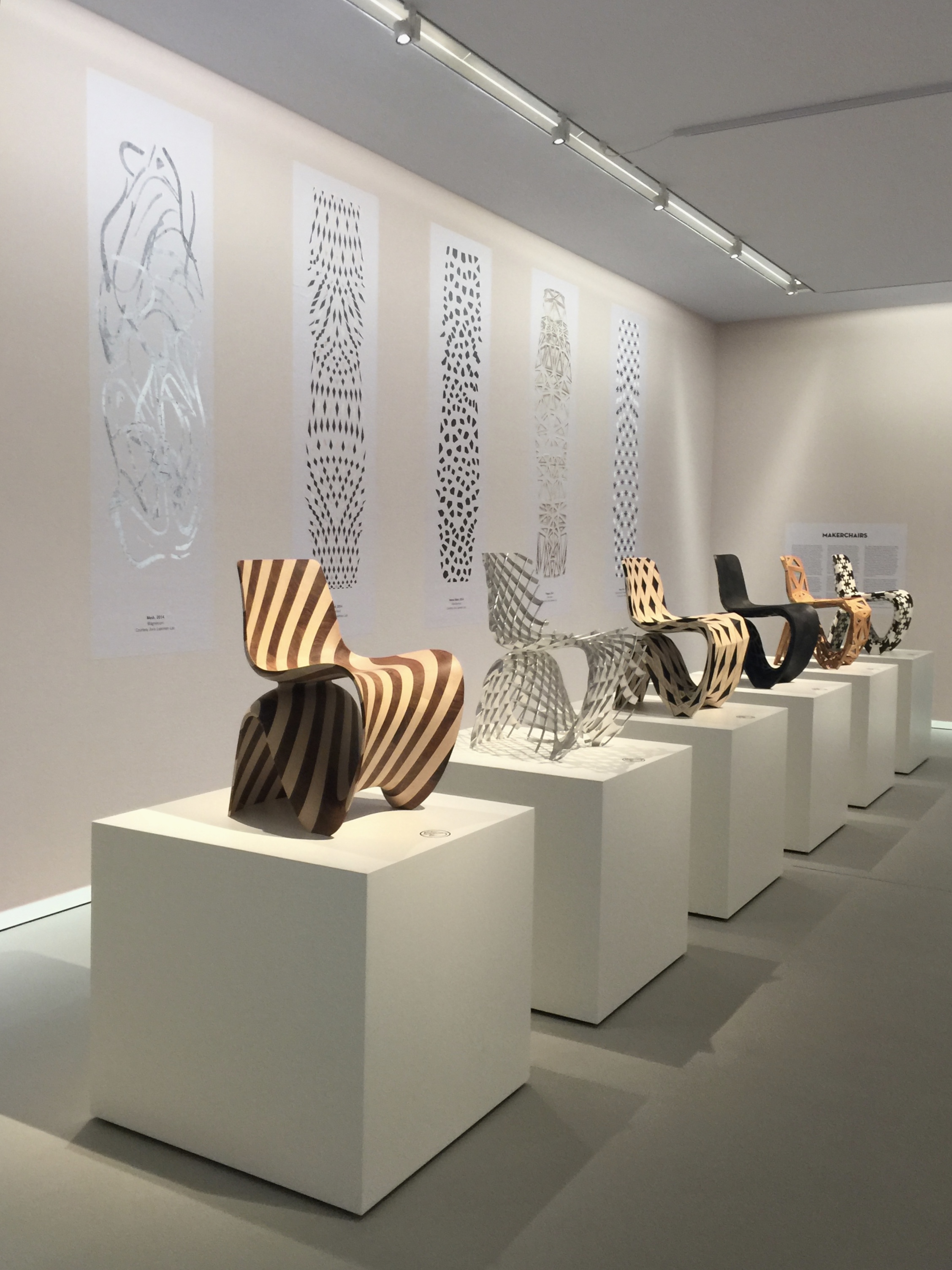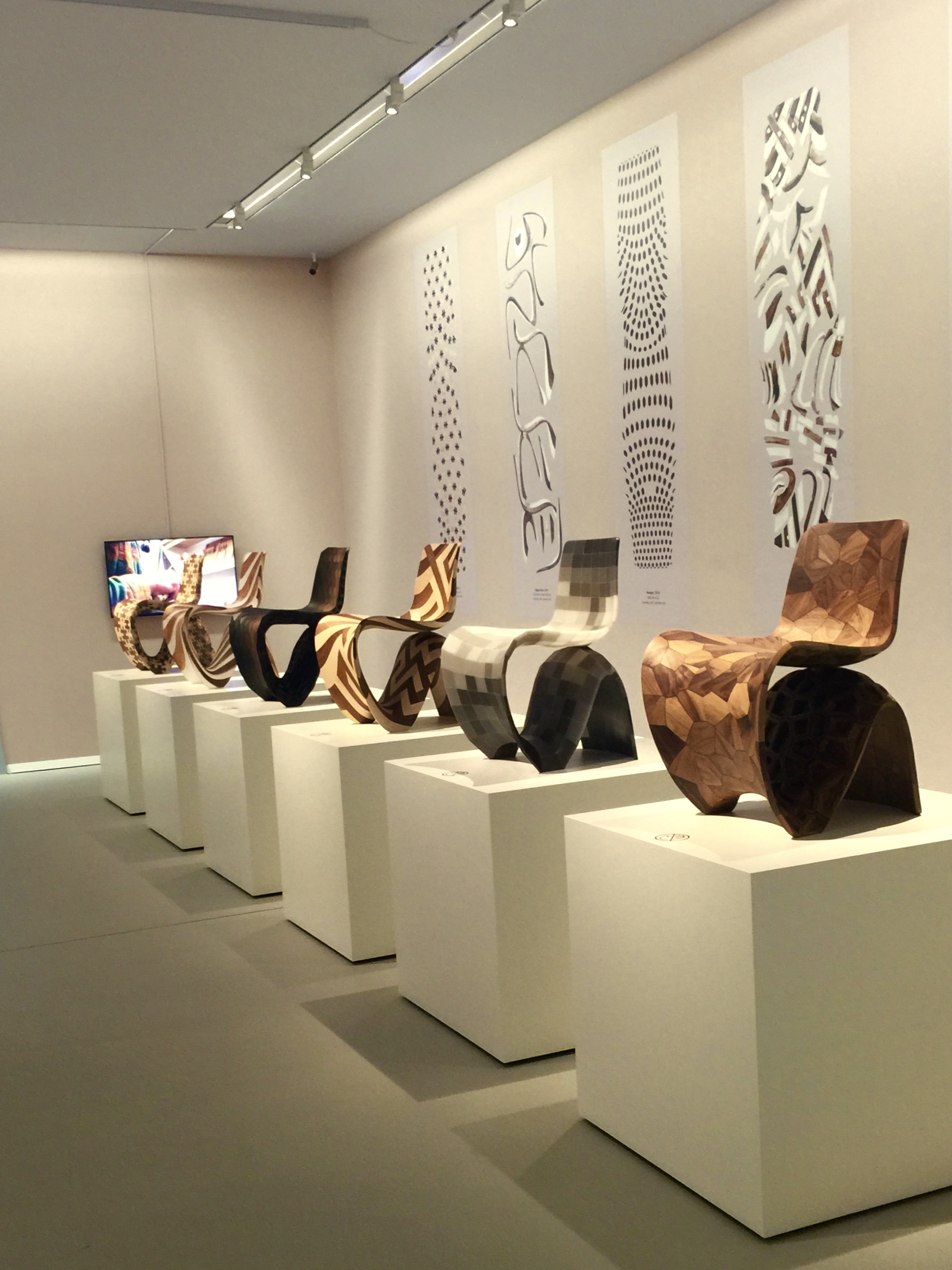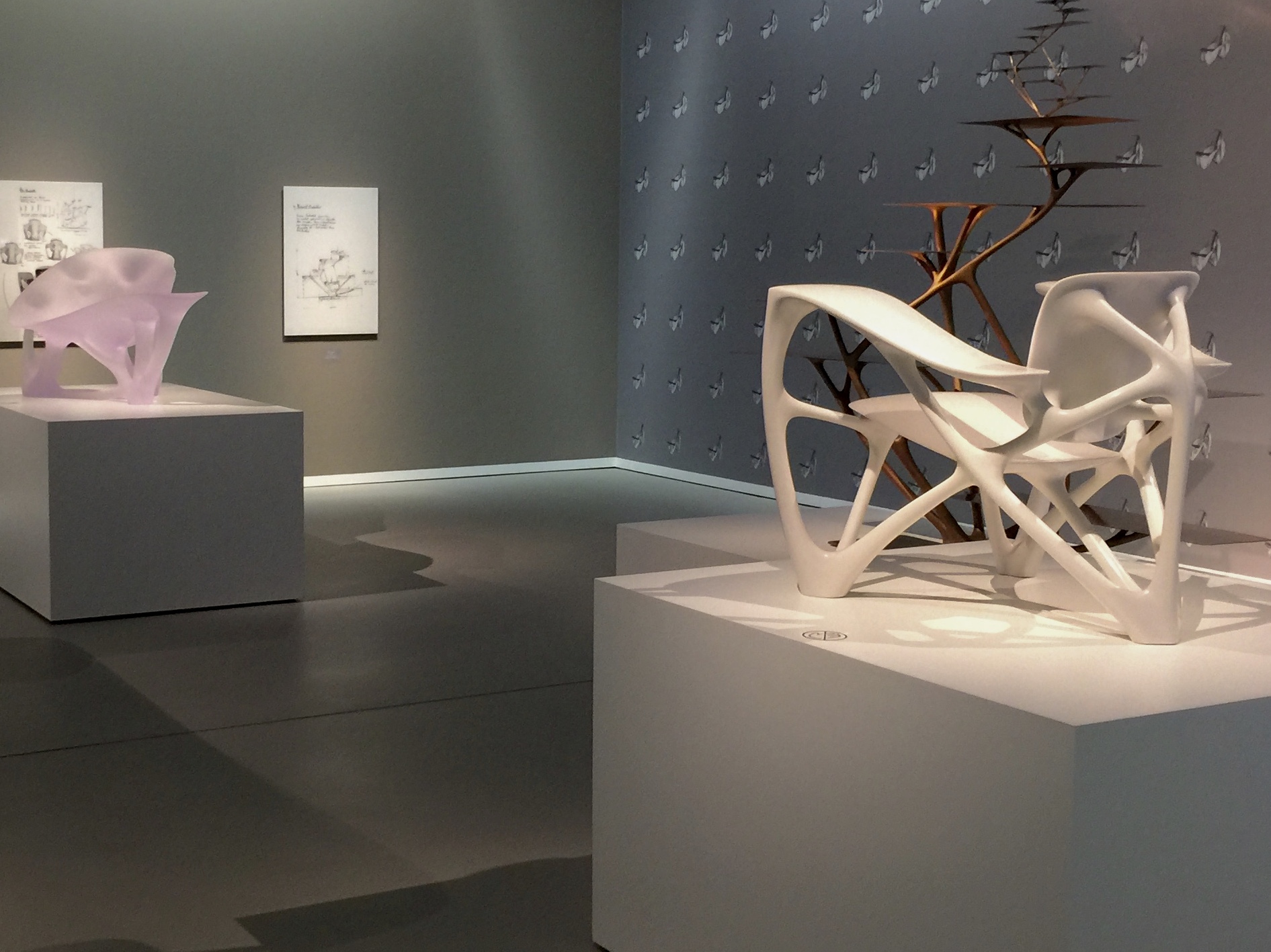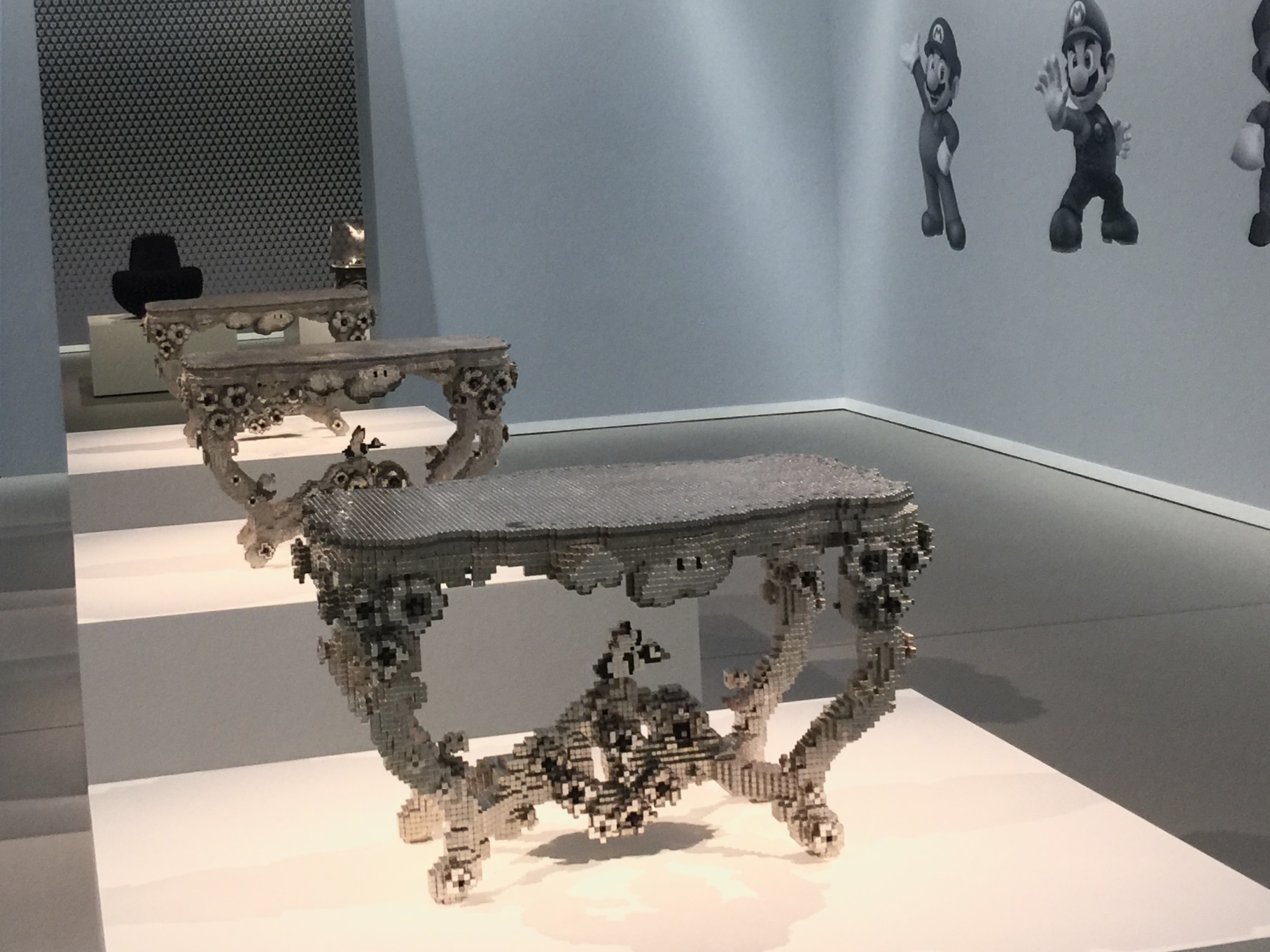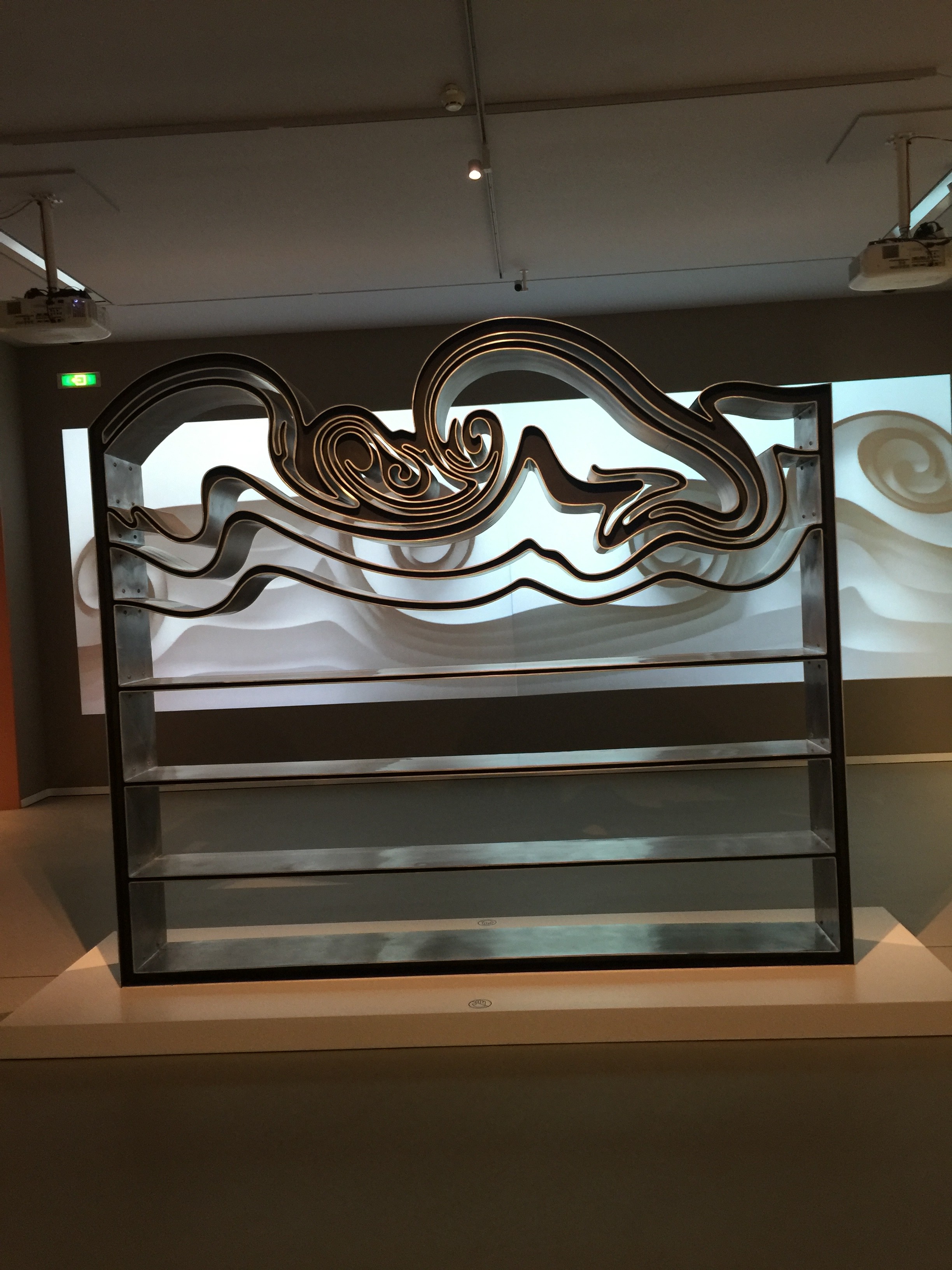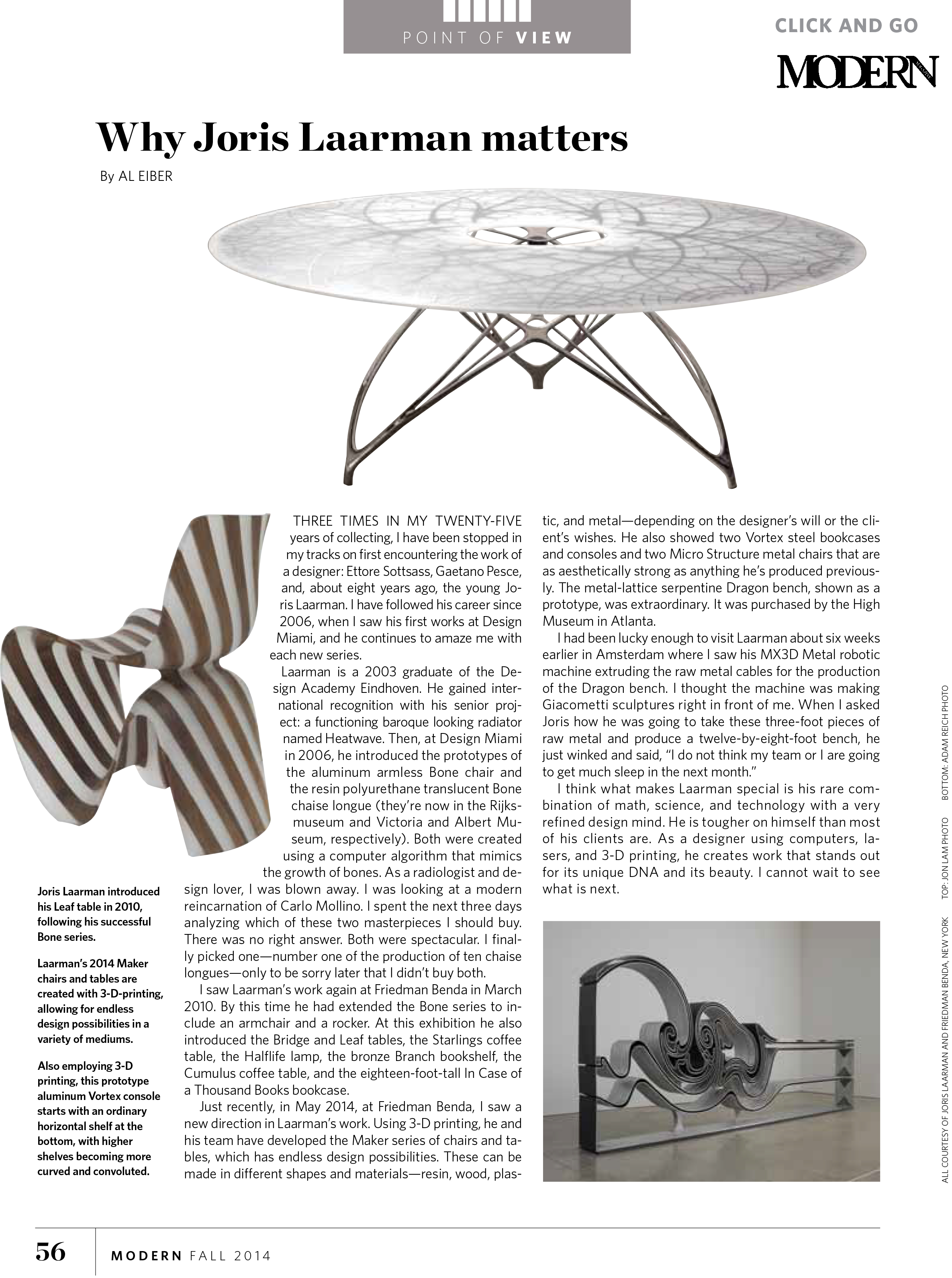Strolling amongst the 150-strong collection of lots included in the Living in a Material World auction is like walking through design’s hall of fame from the past century. The pioneers of Italian and Scandinavian post-war design sit beside the rebels of the Royal College of Art from the 1980s and 1990s; the Memphis stars alongside the more recent shape shifters and alchemists of the 21st Century. Anyone unfamiliar with the canon of 20th- and 21st-century design might wonder what it is that is special about all these things. Why are they collectible?

KAARE KLINT, TWO ‘ADDITION’ CHAIRS AND STOOLS, MODEL NO. 4698. ESTIMATE £40,000–50,000. FROM DESIGN: LIVING IN A MATERIAL WORLD.
Collectible status is for the most part a perception we impose on design because the design (and the designer) in question has been deemed important and the work has proven covetable. There are many reasons why. Important historical pieces in excellent condition by notable designers are collectible for obvious reasons, seen here in the works of Josef Frank, Kaare Klint and Arne Jacobsen. Based on their skill and status as pioneers, certain contemporary designers have always belonged in the collectible category: Marc Newson, Ron Arad and Zaha Hadid. Extreme craftsmanship, like the work of Pablo Reinoso and Studio Job, and extraordinary, innovative uses of material, like Joris Laarman and Oskar Zieta, fit comfortably into the mix. Sometimes poetic, intangible beauty is enough, like Kam Tin’s coffee table and Jonas Bohlin’s zinc shelves. Perhaps the simplest, universal requirement for design to be considered collectible is a compelling narrative. Stories sell, as we are so often reminded nowadays.

KAM TIN, COFFEE TABLE. ESTIMATE £7,000–9,000. FROM DESIGN: LIVING IN A MATERIAL WORLD.
In the case of this auction, materiality is the narrative thread that ties the collection together. It is the particular lens through which this hall of fame has been compiled and edited by Tony Chambers, the recent editor-in-chief of Wallpaper*. In some places the material narrative is explicit. Thomas Heatherwick’s seemingly impossible Keep off the Glass Chair (2004) is a masterpiece of material impropriety. That it is a functional chair confounds our expectations. This makes the experience of sitting on it uncomfortable, though only because our preconceptions don’t allow us to relax enough to feel the comfort. In other places the material narrative is subtly charming. A set of stools by Axel Einar Hjorth or a rare rug by Marta Maas Fjetterstrom are each radical examples of early modern material craft that have quietly passed the test of time and taste, and appear all the more exquisite today as a result. They are uniquely precious, but crucially still very much functional.

JONAS BOHLIN, TWO ‘ZINK’ SHELVES. ESTIMATE £4,000–6,000. FROM DESIGN: LIVING IN A MATERIAL WORLD.
Collectible design is still design, with function at its heart. Collectors of design for the most part collect pieces to live with. To live with something asks for an emotional connection from its owner. It requires an investment and a commitment, beyond the financial. The things we buy to live with we buy because we love, and because they speak to us in some way. They show something of who we are. Collectible design has a personal and emotional quality to it, which makes it intriguing.

THOMAS HEATHERWICK, ‘PLEASE KEEP OFF THE GLASS’ CHAIR SCULPTURE, FROM THE ‘SALVIATI MEETS LONDON’ PROJECT. ESTIMATE £10,000–15,000. FROM DESIGN: LIVING IN A MATERIAL WORLD.
This is why stories are so important in the realm of collectible design. Every piece in this auction tells the story of a person armed with a skill and the imagination to create something, exploring the possible limits of a material, responding to that particular moment in time. As such, they are both achievements of design and also emblems of progress. Beyond the obvious beauty of Alvar Aalto’s ethereal Savoy Vase, or the bombast of Alessandro Mendini’s Proust Chair, each piece comes to life when we understand the historical, cultural, social, economic and even political context within which they were designed. Context brings feeling to form and function. Context allows for and encourages an emotional connection beyond aesthetic appeal.

ALESSANDRO MENDINI, ‘POLTRONA DI PROUST’ ARMCHAIR. ESTIMATE £25,000–30,000. FROM DESIGN: LIVING IN A MATERIAL WORLD.
One of the most striking aspects of the collection here is the warmth and tactility of so many of the designs. This is in part due to the warmth of their material character, but also because they have soul. These are not cold museum artefacts to be looked at but never touched. They are all functional still. Thanks to their visceral materiality they beg to be touched, stroked, sat on or eaten at. They require human interaction to fully understand what makes them valuable. It is a myth that simply because a design is deemed collectible it is too precious to use.

ALVAR AALTO, ‘SAVOY’ VASE, MODEL NO. 9750, FROM THE ‘ESKIMOERINDENS SKINNBUXA’ SERIES. ESTIMATE £8,000–12,000. FROM DESIGN: LIVING IN A MATERIAL WORLD.
I learned this lesson in Istanbul when I was invited to dinner at the apartment of a fairly intimidating collector. She ushered me into her penthouse salon with a panoramic view of the Bosphorus and asked me to make myself at home. She had a Big Easy chair by Ron Arad, a couple of Clay Series chairs by Maarten Baas and a Cake Stool by The Campanas all facing a comfortable sofa, on which she had made herself comfortable. Fearing it a bit odd to sit next to her on the sofa, I asked, hesitantly, if it was okay to sit on her Cake Stool. ‘What else do you think it’s for?” she asked plainly.

RON ARAD, ‘BIG EASY VOLUME 2’ ARMCHAIR. ESTIMATE £30,000–50,000. FROM DESIGN: LIVING IN A MATERIAL WORLD.
So began a lengthy diatribe about the nonsense that she believed was creeping into the design world, where the most interesting expressions of form and material, simply because they were deemed – in her words – “design-art” were presumed to not be fit for function: “I have not bought these pieces because I want to sell them in a decade for more money. I have not bought them just to look at. I have bought them because they are stories that mean something to me and I love them. They give me great pleasure to use,” she said.

PROPERTY OF A SWISS COLLECTOR. FERNANDO AND HUMBERTO CAMPANA, ‘CAKE’ STOOL. ESTIMATE £15,000–20,000. FROM DESIGN: LIVING IN A MATERIAL WORLD.
She had hit the nail on the head. Collectible design is made up of stories that resonate with the people who collect them. It is the narrative expression and charm that captures their imagination, and on which their emotional attachment is founded. The value of collectible design, however it might be determined or defined, is not really understood by its cost at all; its value comes to life when it is lived with and loved, used and cherished. Incidentally, the Cake Stool was extremely comfortable.
Design: Living in a Material World
17 OCTOBER 2017 | LONDON
